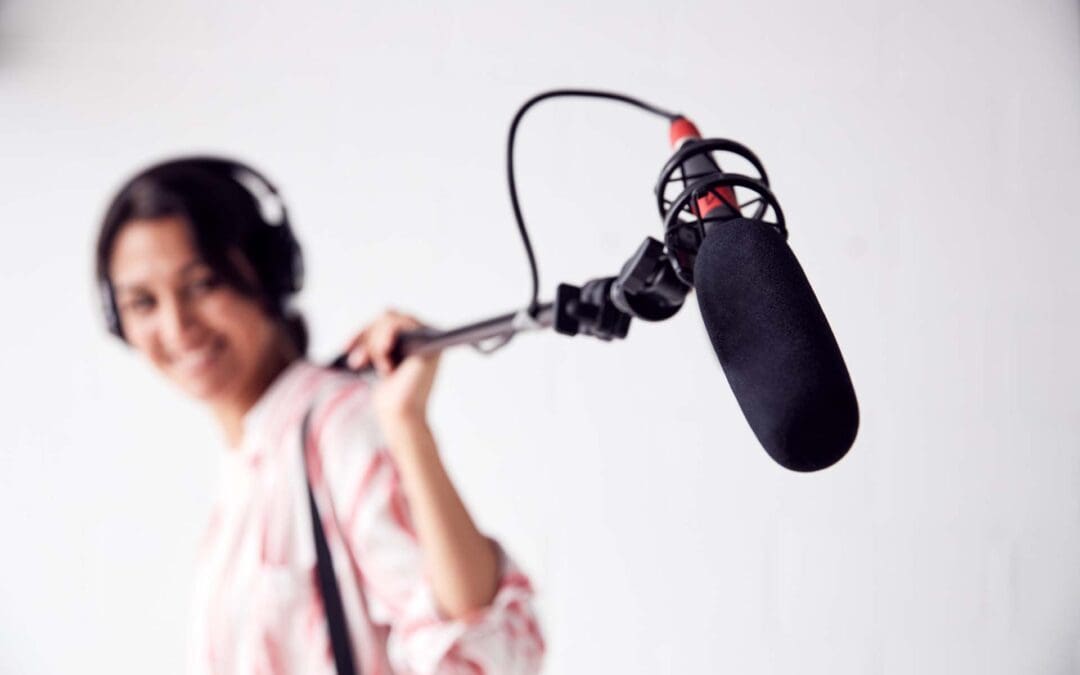In the world of filmmaking, the visual aspect often takes center stage, but sound is an equally vital component that can make or break a movie. Sound on a movie production set involves a complex process of capturing high-quality audio during filming and then enhancing and mixing it during post-production. In this comprehensive blog post, we will explore the significance of sound on a movie set, the essential roles of sound professionals, and the various techniques used to achieve exceptional audio quality.
1. The Importance of Sound on a Movie Set
Sound is a powerful storytelling tool that complements and enhances the visual elements of a film. It immerses the audience in the world created by the director, making them feel a part of the story. A well-crafted sound design can evoke emotions, build tension, create atmosphere, and provide crucial information to the audience.
2. The Sound Team: Roles and Responsibilities
a. Sound Mixer/Recordist: The sound mixer or recordist is responsible for capturing high-quality audio during filming. They work closely with the director of photography (DP) to determine microphone placements and equipment setup, ensuring minimal interference with the camera operation.
b. Boom Operator: The boom operator is a critical member of the sound team who operates the boom pole, a long pole with a microphone attached. Their primary task is to position the microphone as close as possible to the actors without appearing in the frame, capturing clean and clear dialogue.
c. Sound Assistant: Assisting the sound mixer, the sound assistant handles equipment logistics, cable management, and assists with microphone positioning. Their role is crucial in ensuring a smooth workflow during shooting.
3. Capturing Dialogue and Ambience
Recording clean and intelligible dialogue is paramount to the success of a film. On set, the sound team employs various techniques to achieve this:
a. Lavalier Microphones: Lavalier mics are small, discreet microphones that are attached to actors’ clothing, capturing their dialogue with minimal interference.
b. Shotgun Microphones: Shotgun mics are highly directional and are often used on boom poles to focus on specific actors while reducing background noise.
c. Ambient Sound Recording: Capturing ambient sound, or room tone, is essential for seamless audio editing during post-production.
4. Handling Ambient Noise and Challenges on Set
Movie sets are dynamic environments with potential challenges such as background noise, wind, and other external disturbances. The sound team uses various techniques to mitigate these challenges:
a. Deadening the Set: Sound blankets, baffles, and other sound-absorbing materials can be used to minimize reverberation and ambient noise.
b. ADR (Automated Dialogue Replacement): If on-set dialogue recording is compromised, ADR can be used during post-production to re-record actors’ lines in a controlled environment, matching their lip movements to the footage.
c. Noise Reduction Tools: Advanced noise reduction software can be used during post-production to remove unwanted background noises while preserving the clarity of the dialogue.
5. Sound Design and Artistic Expression
Sound design is the process of creating and layering sound elements to enhance the emotional impact of a scene. It includes:
a. Foley Artistry: Foley artists create custom sound effects by performing actions, such as footsteps, cloth movements, or prop interactions, in sync with the visuals.
b. Sound Effects (SFX): Sound designers incorporate pre-recorded sound effects, such as explosions, car chases, and crowd noises, to enrich the film’s sonic landscape.
c. Music Composition: Composers and music supervisors work together to select or create original music that complements the film’s mood, tone, and thematic elements.
6. Sound Mixing and Dolby Atmos
Sound mixing involves balancing all the elements of sound, including dialogue, sound effects, and music, to create a cohesive audio experience. Dolby Atmos, an advanced sound technology, offers an immersive three-dimensional audio experience that envelops the audience, further enhancing the film’s impact.
7. Collaboration and Communication on Set
Clear communication and collaboration between the sound team, director, DP, and other departments are essential for a successful audio recording process. Pre-production meetings and rehearsals help streamline the workflow and ensure that everyone is on the same page.
Conclusion
Sound on a movie production set is a multi-faceted and intricate process that demands meticulous attention to detail and artistic expression. From capturing clean dialogue on set to the creative sound design during post-production, each step contributes to the immersive and emotive power of filmmaking. Embracing the significance of sound elevates the overall quality of a film, transporting the audience into the captivating world created by the filmmakers.




